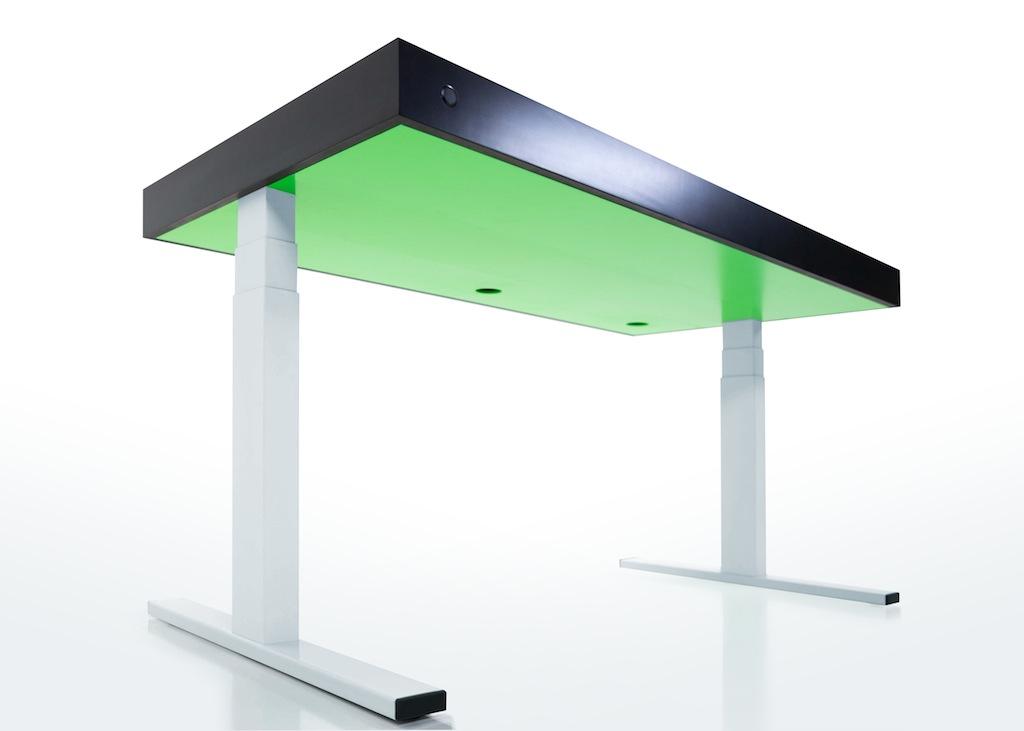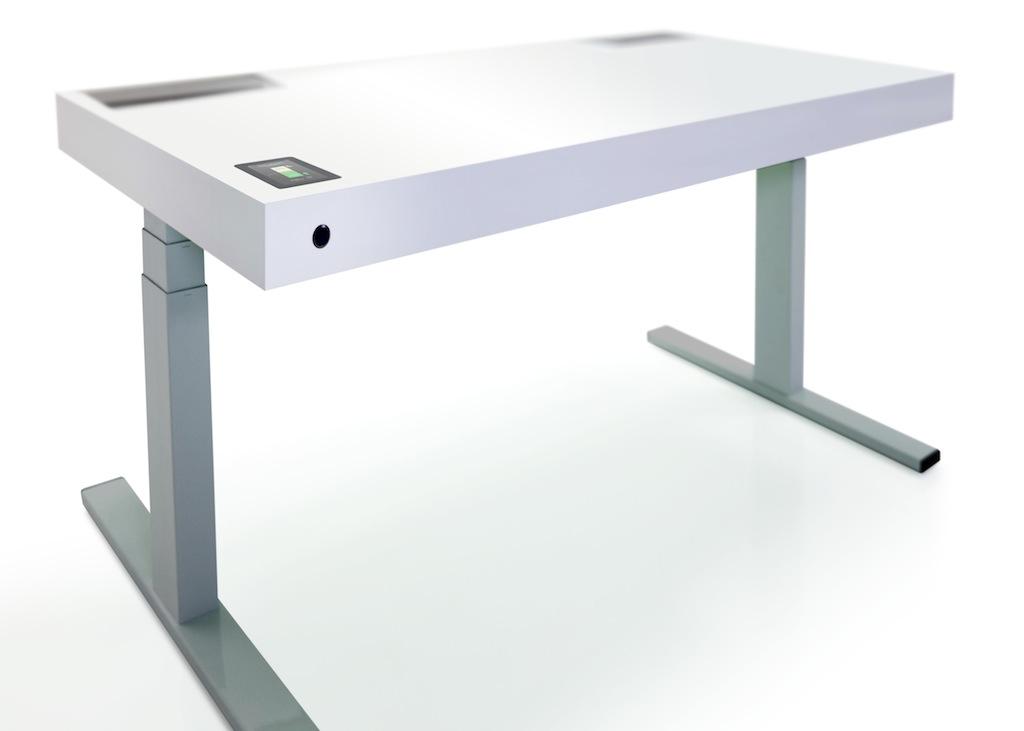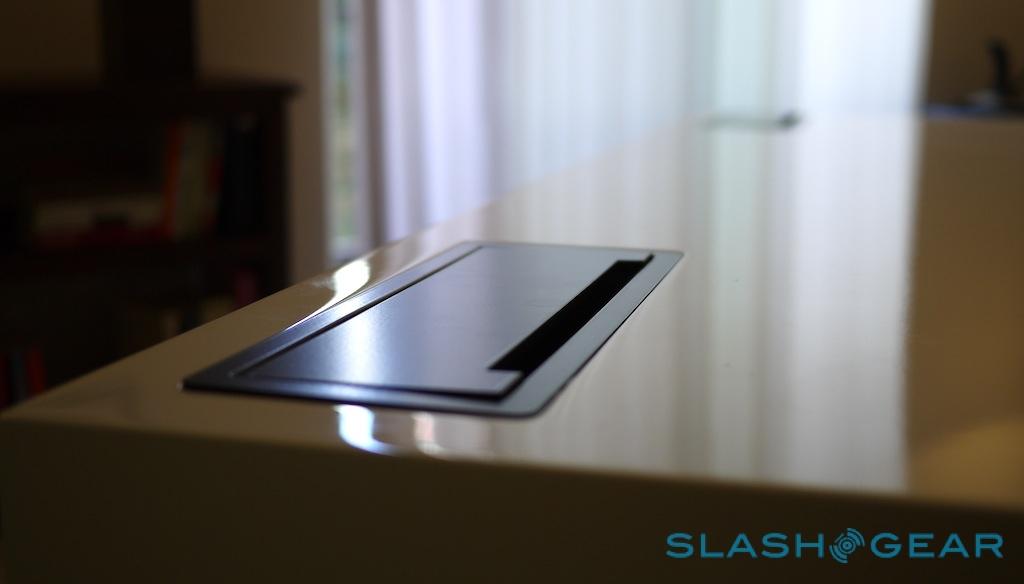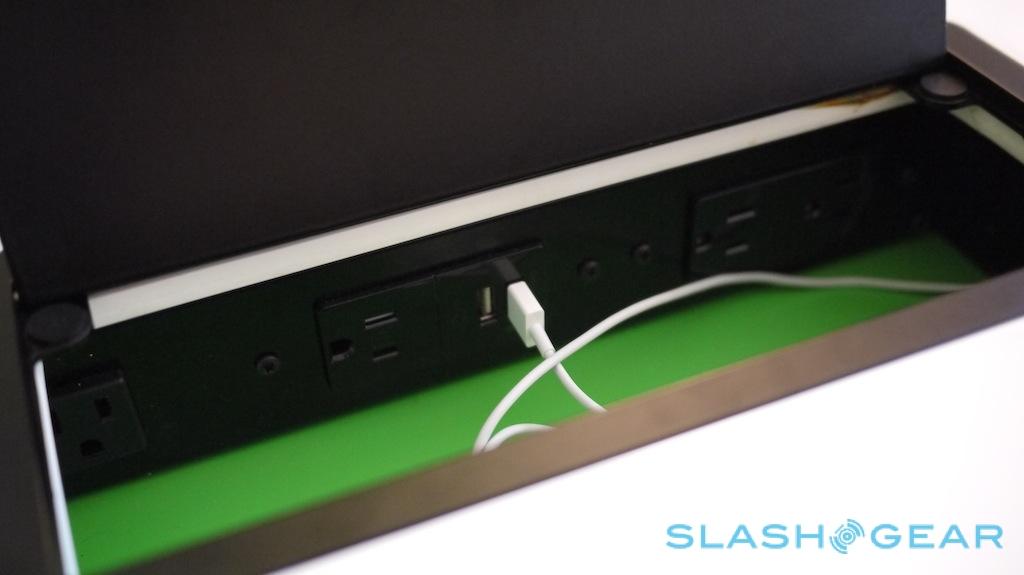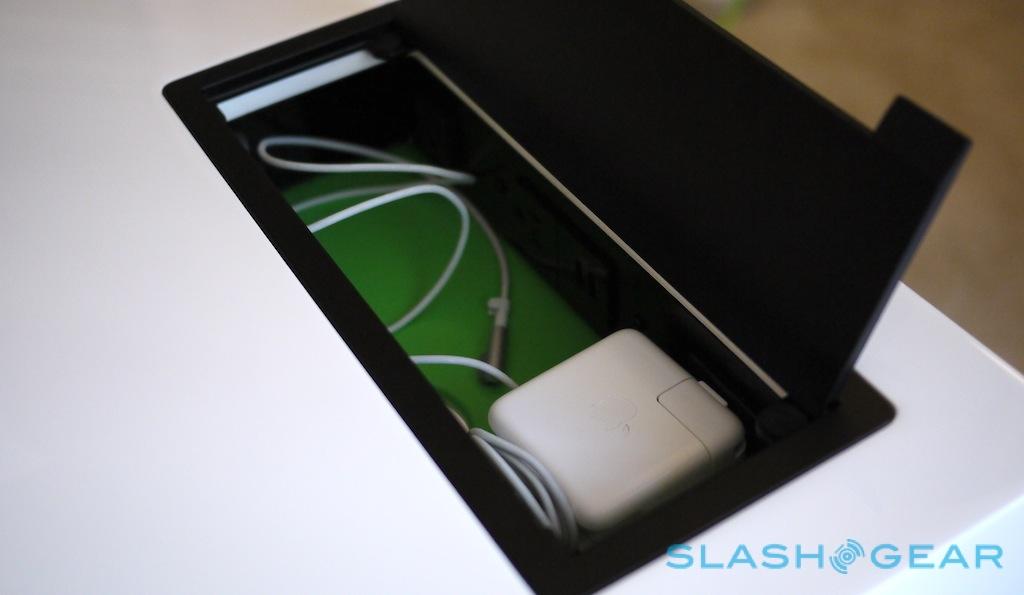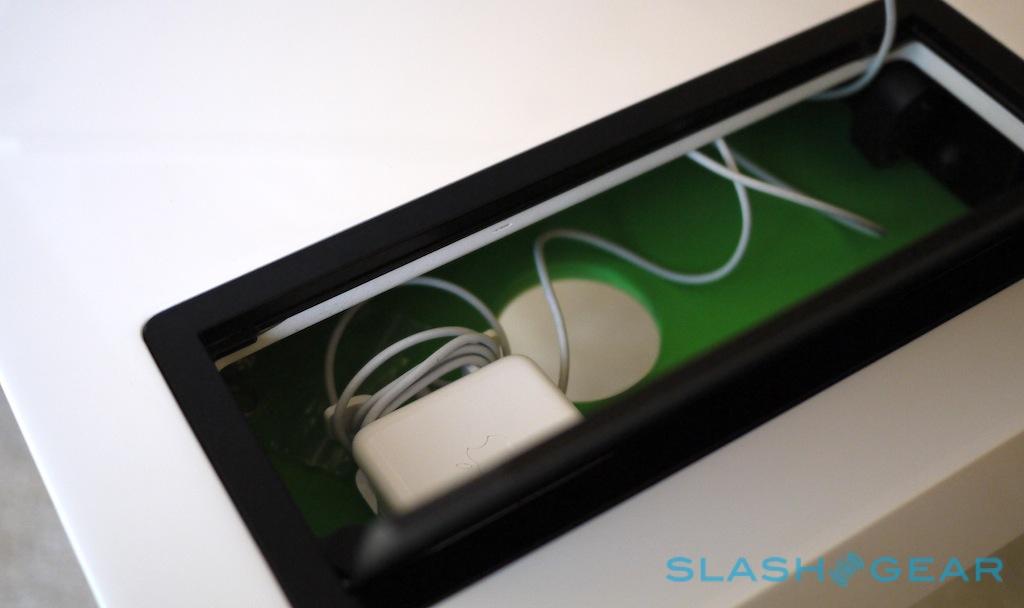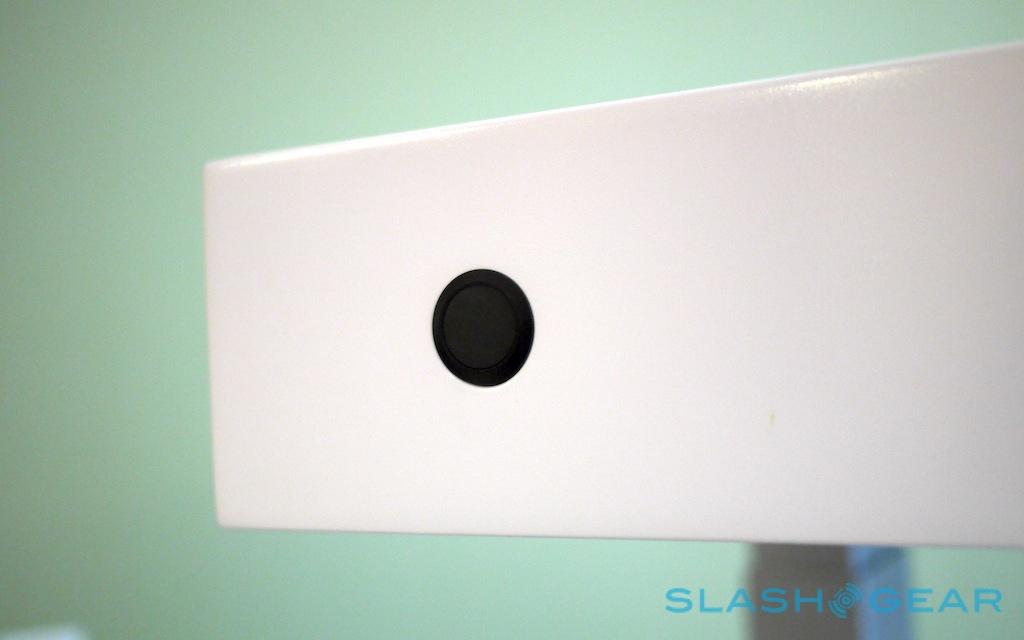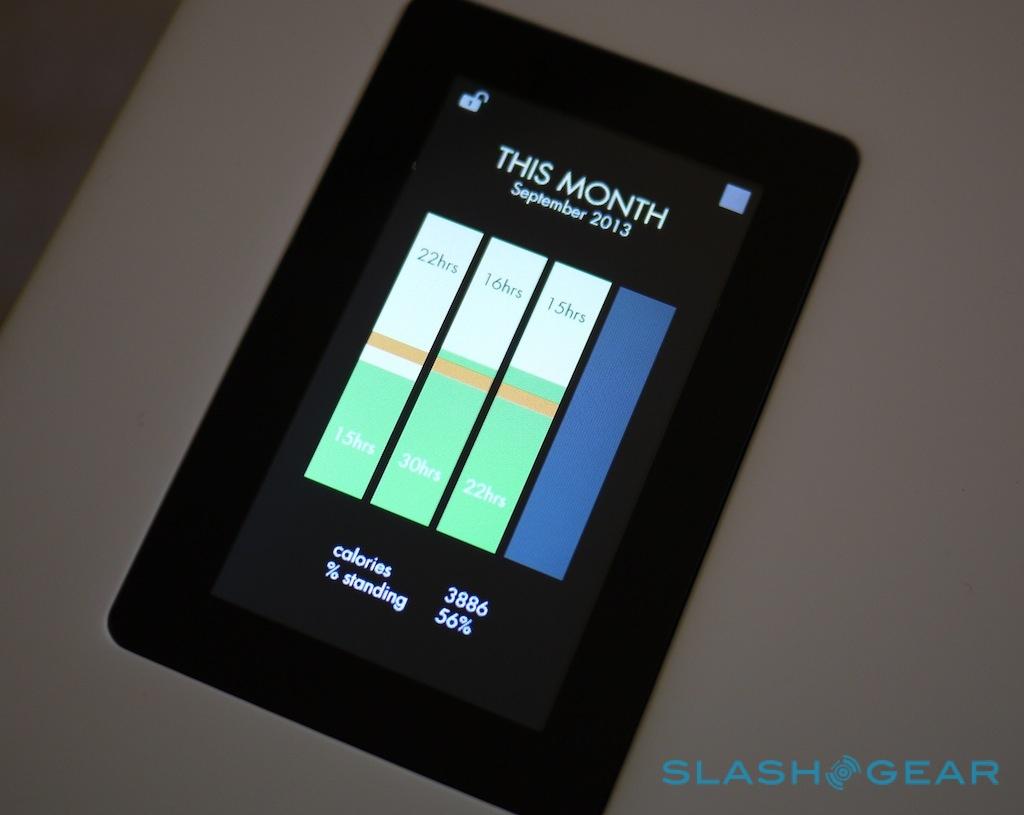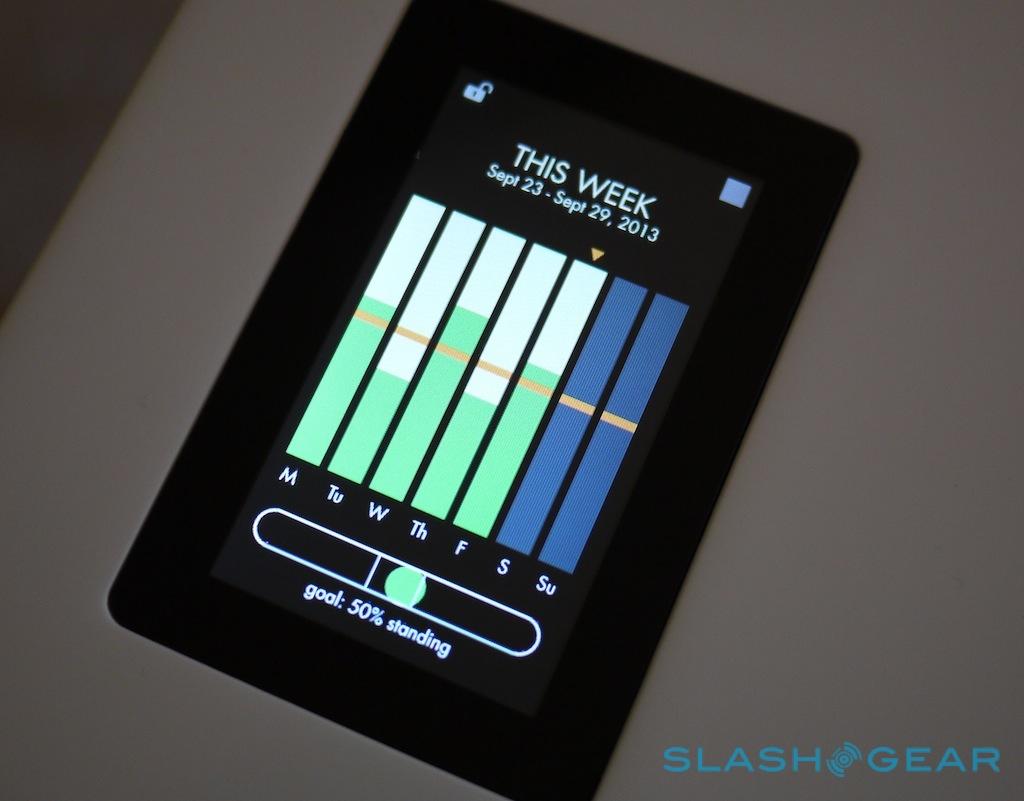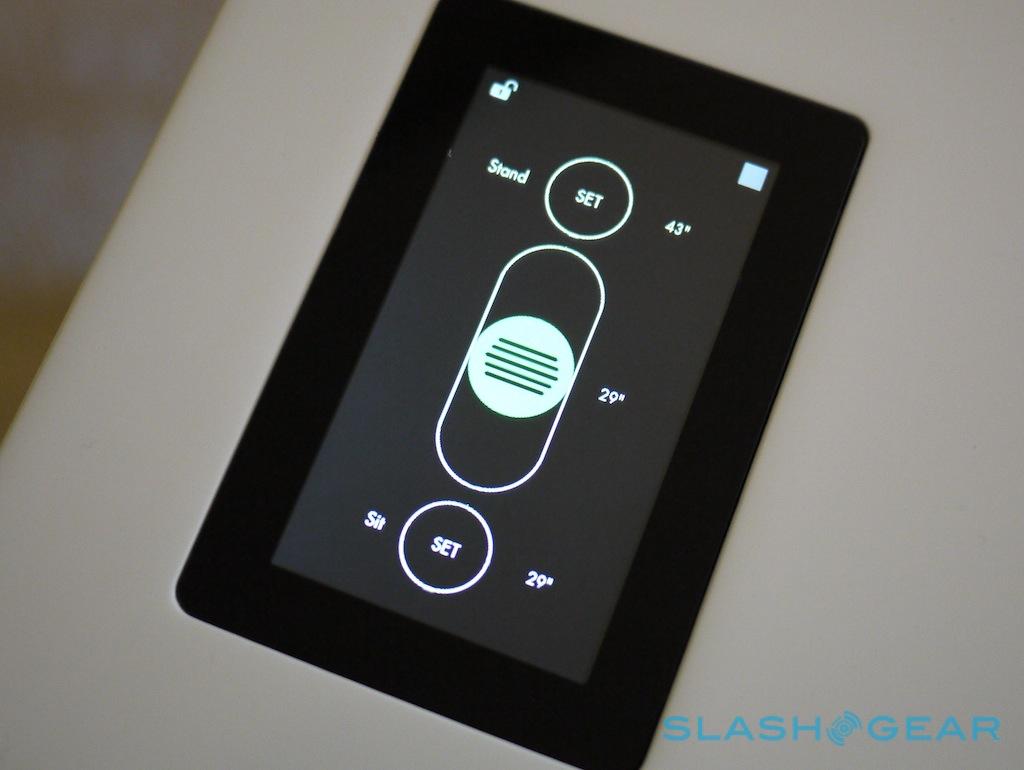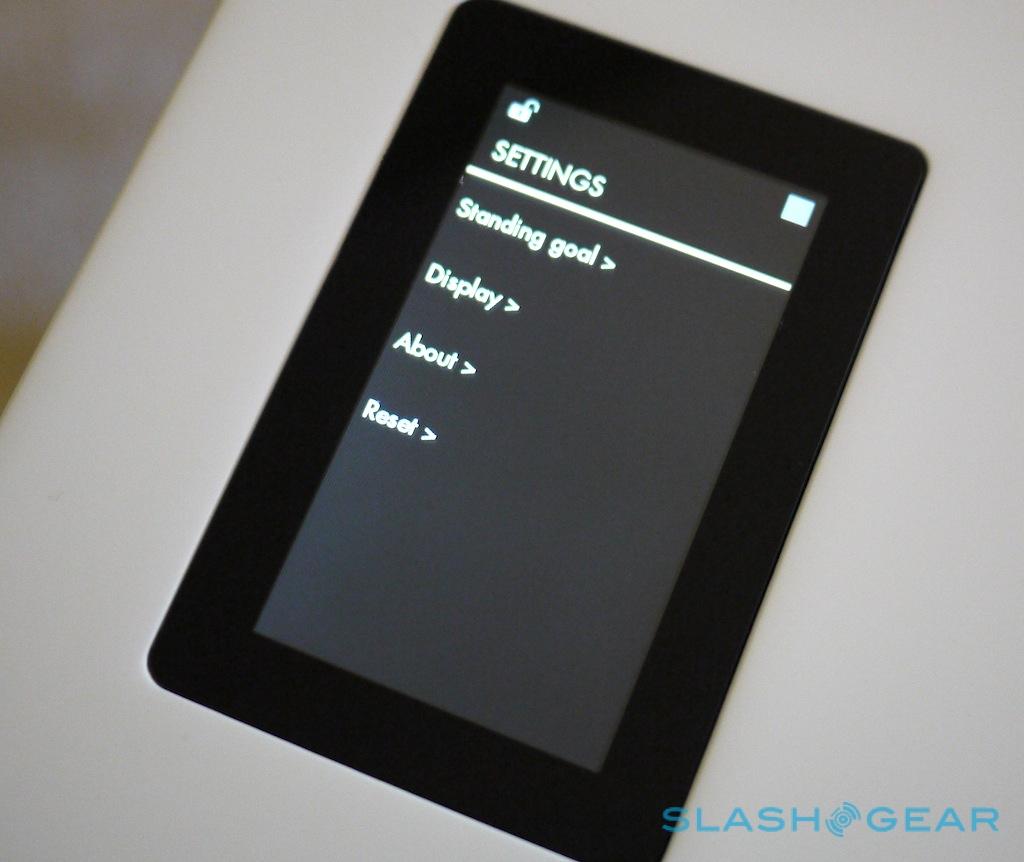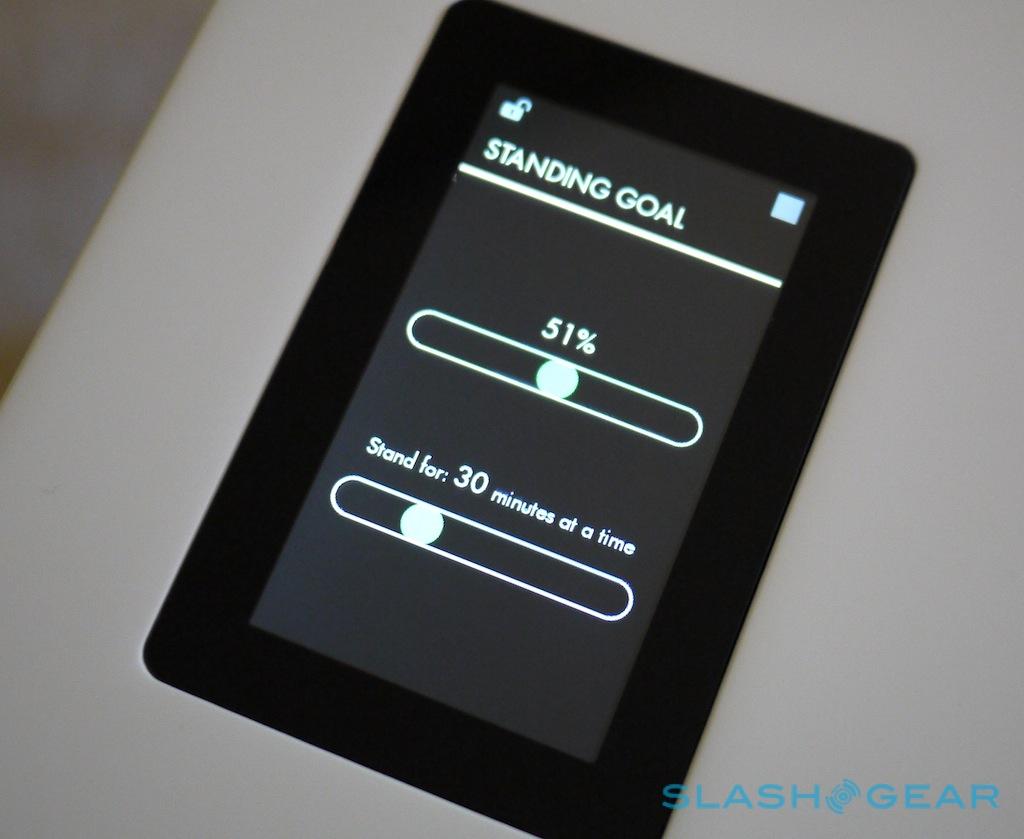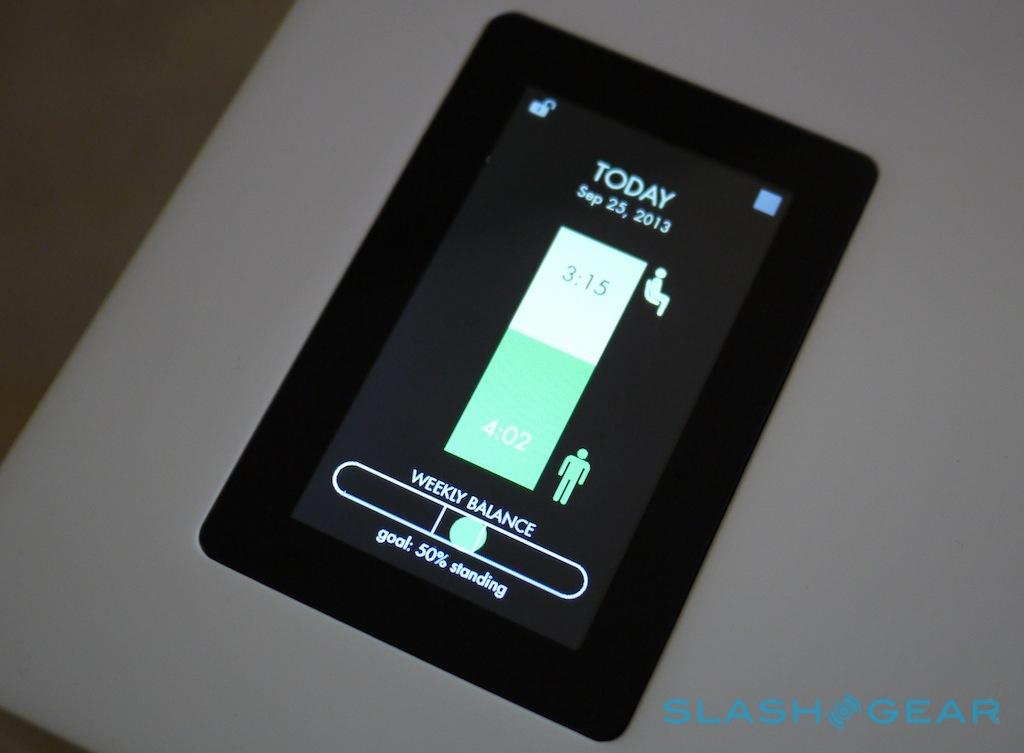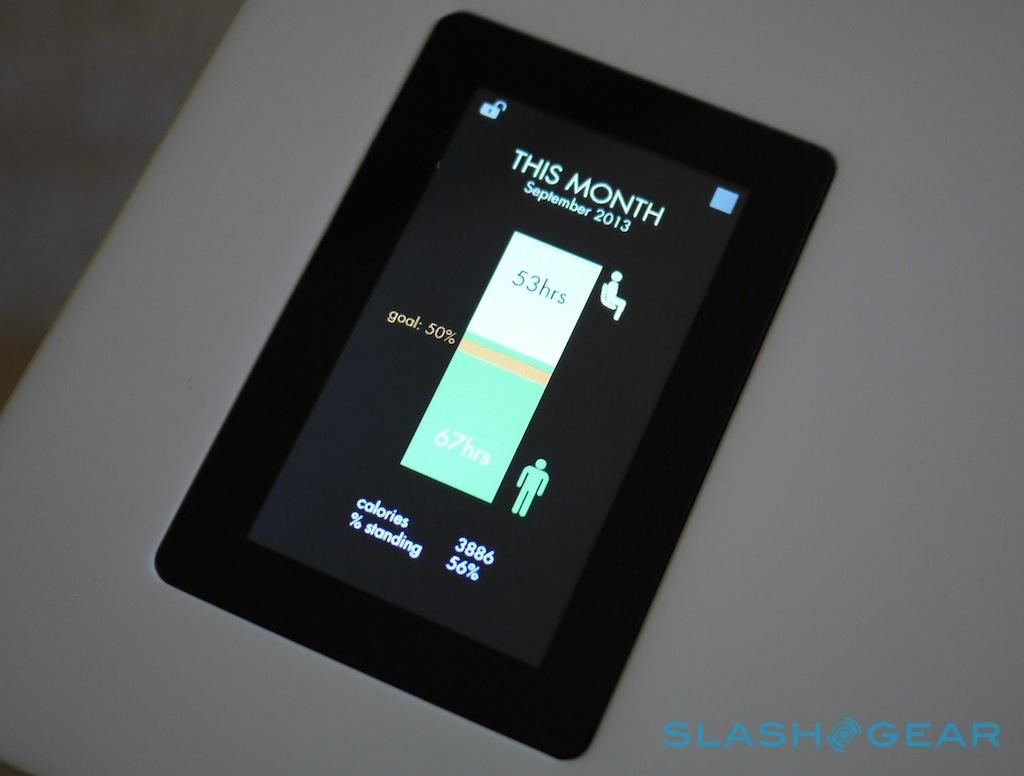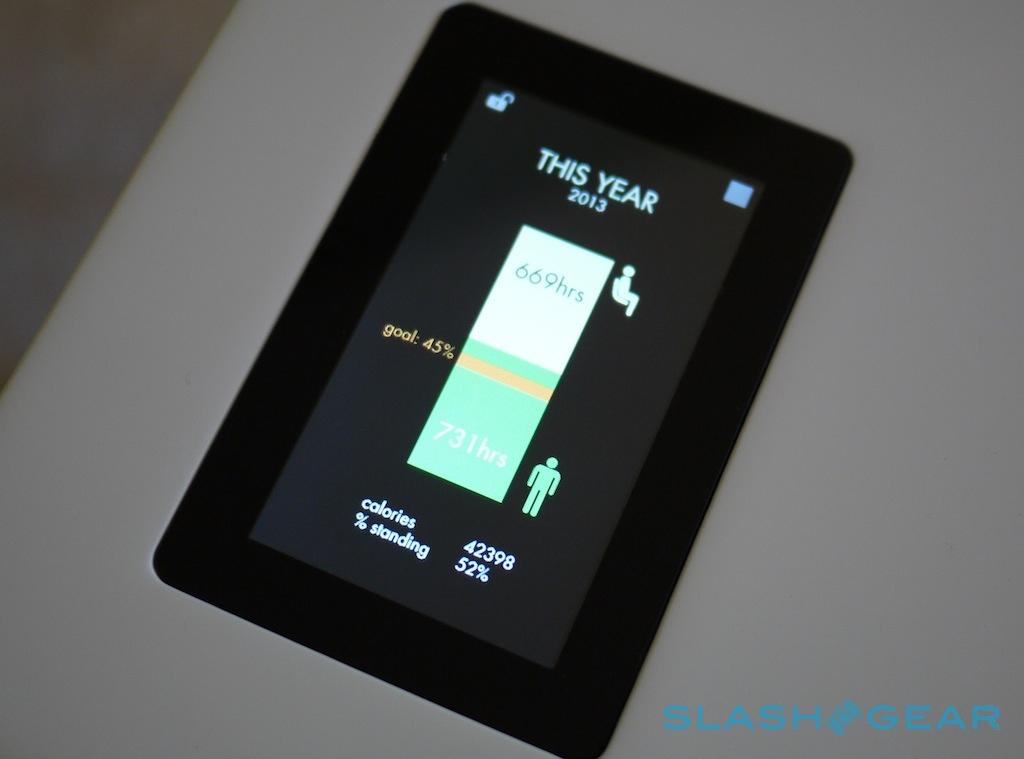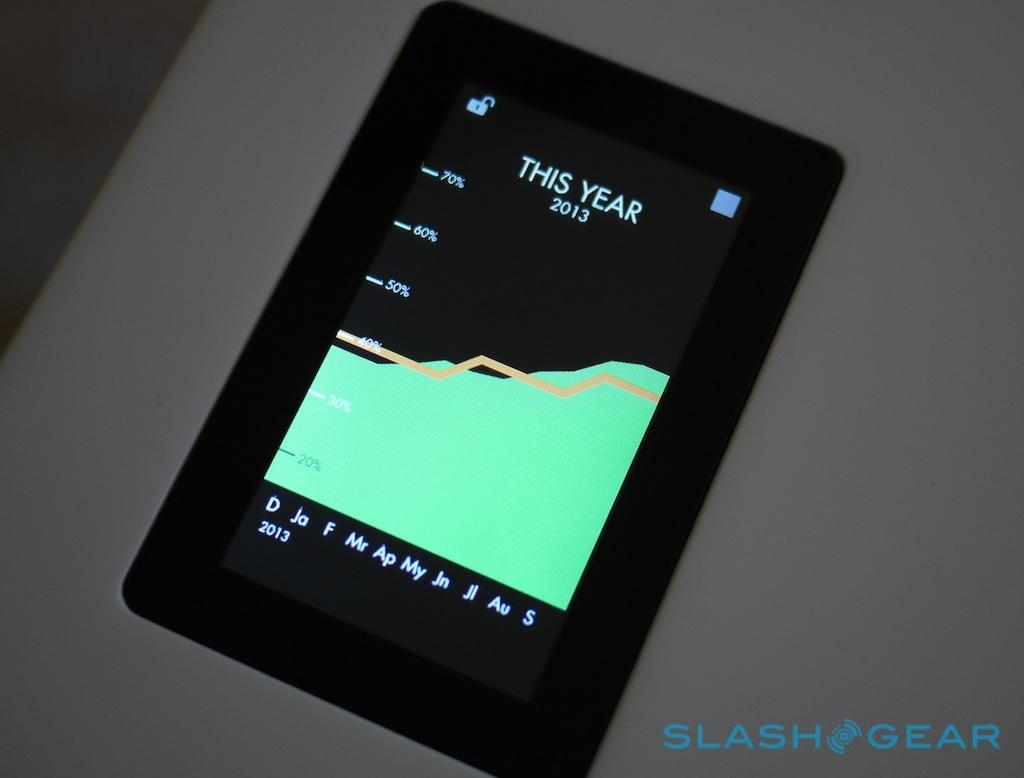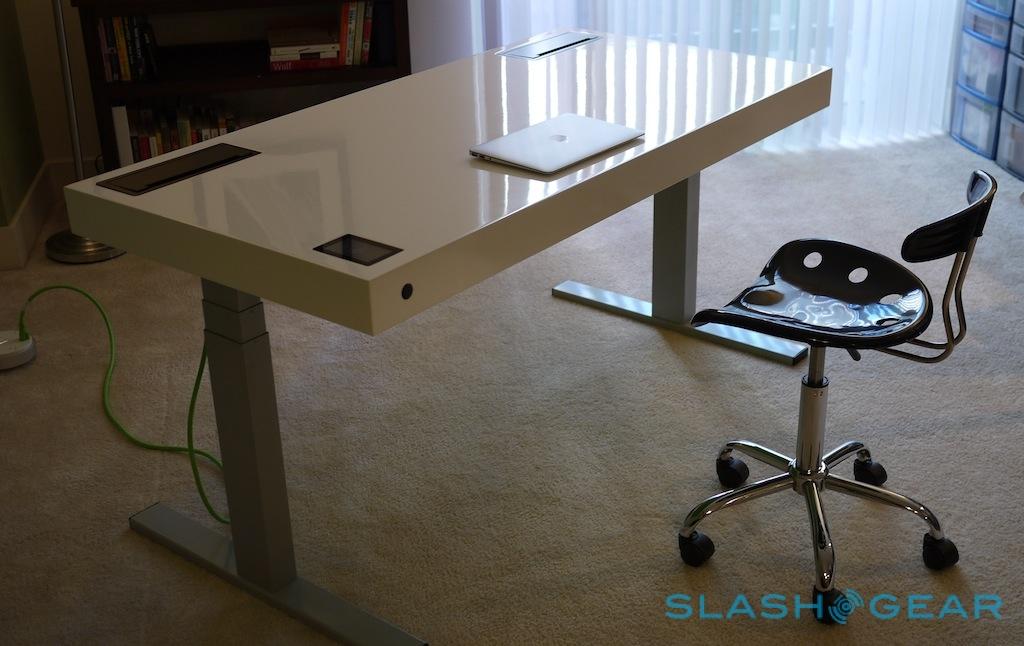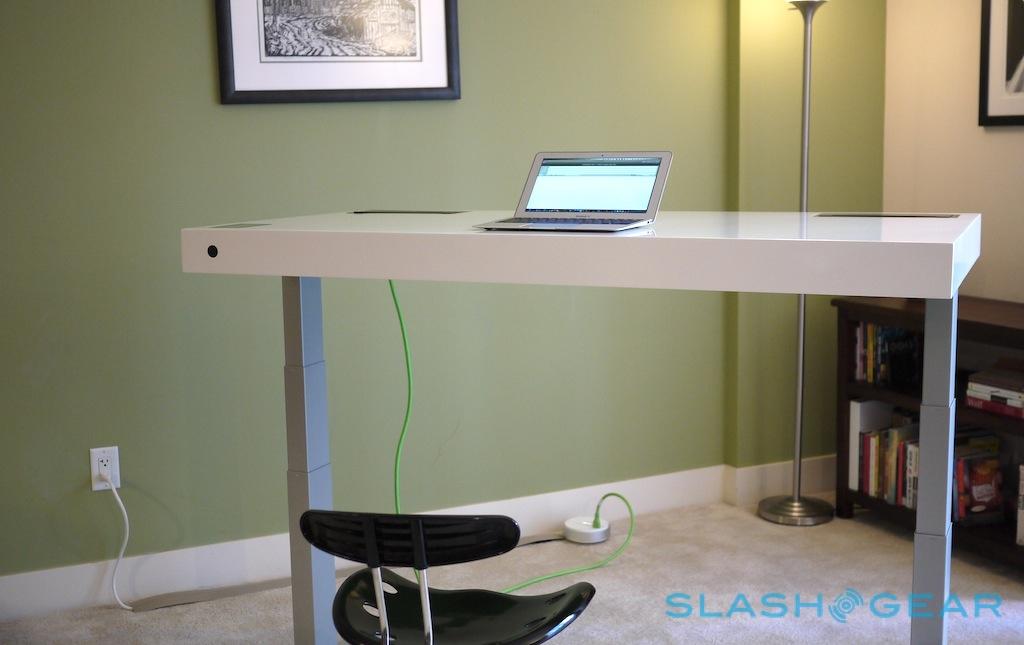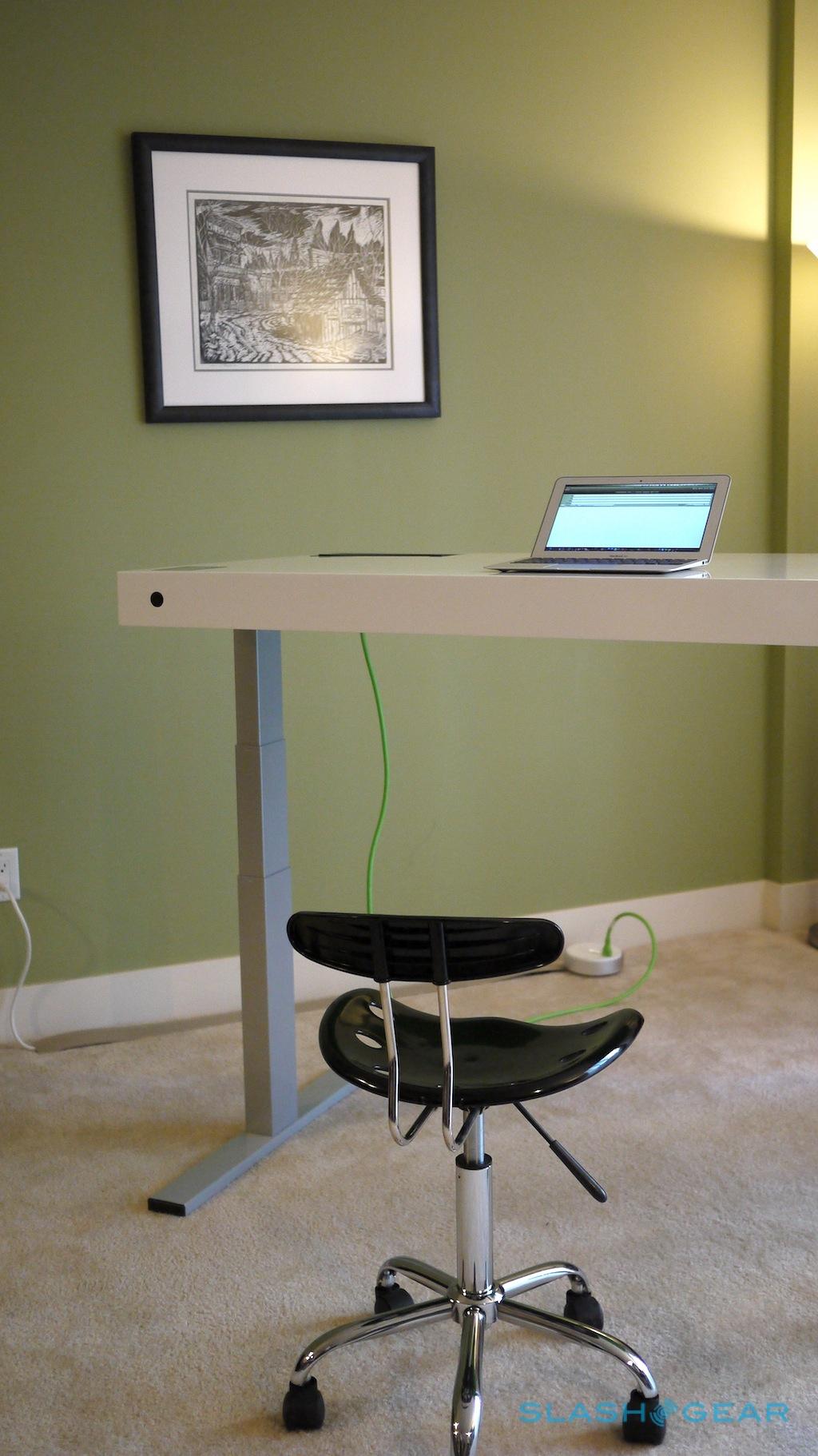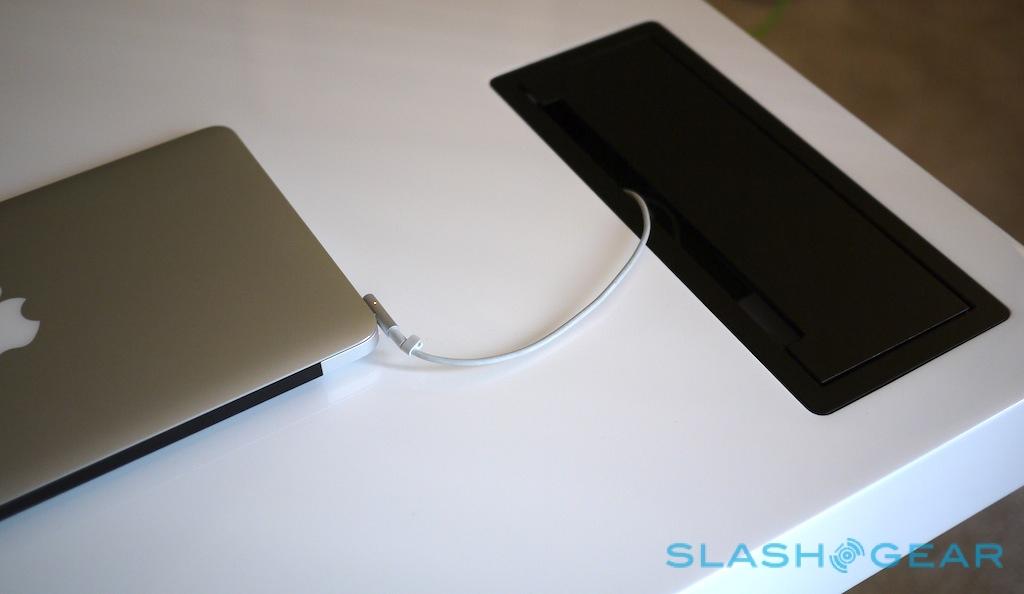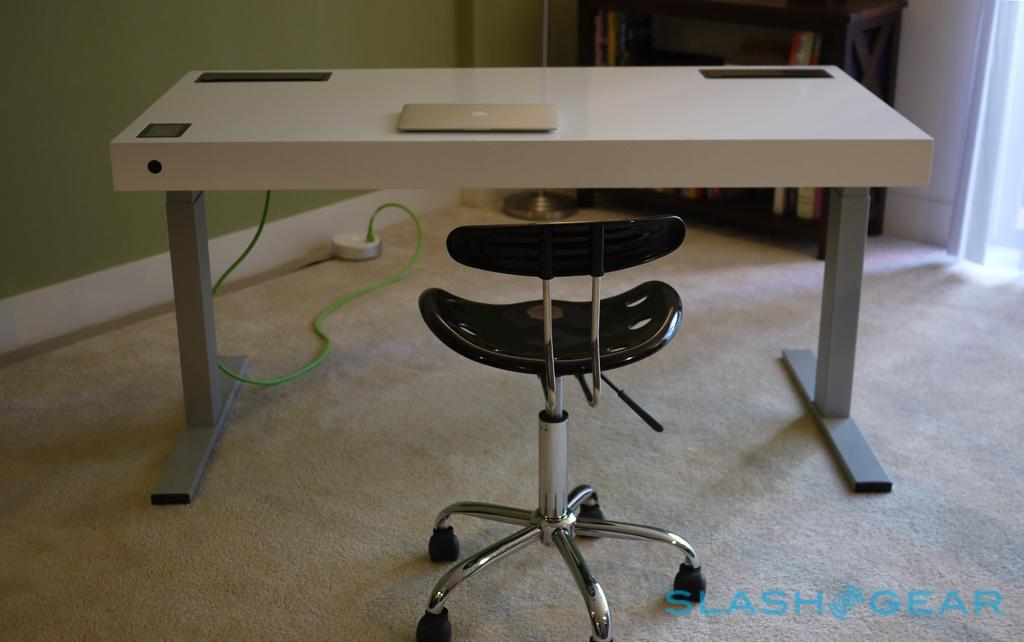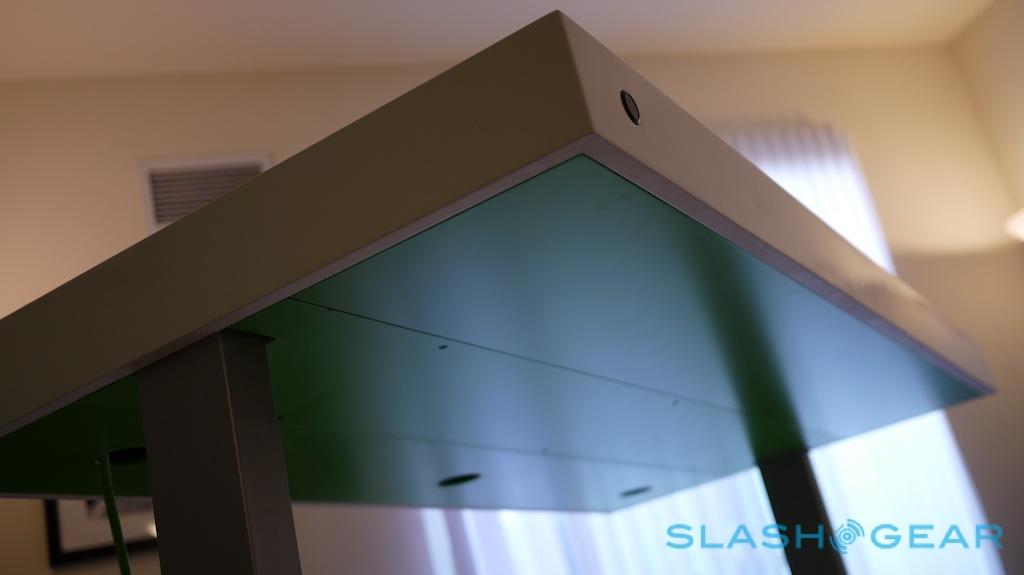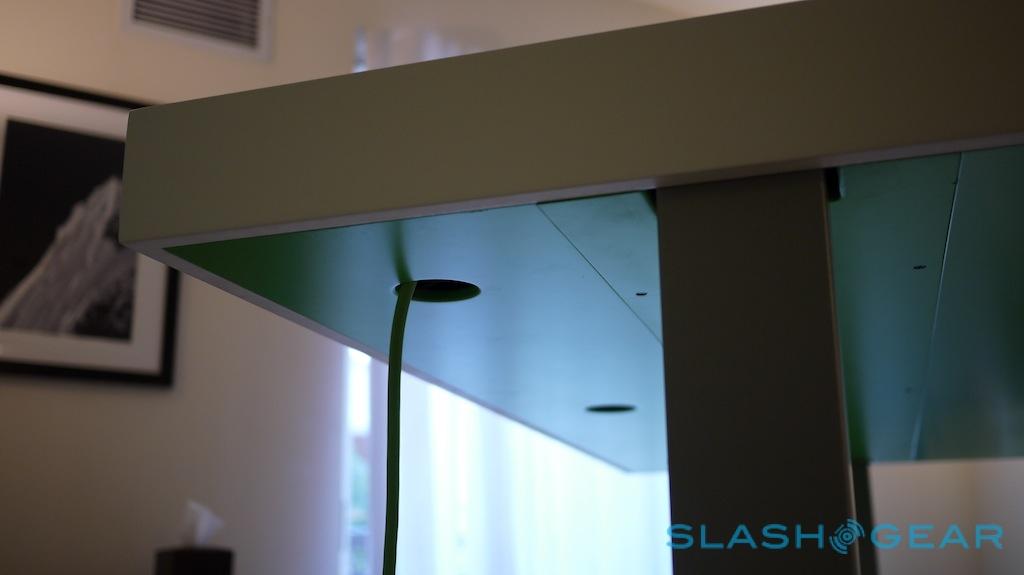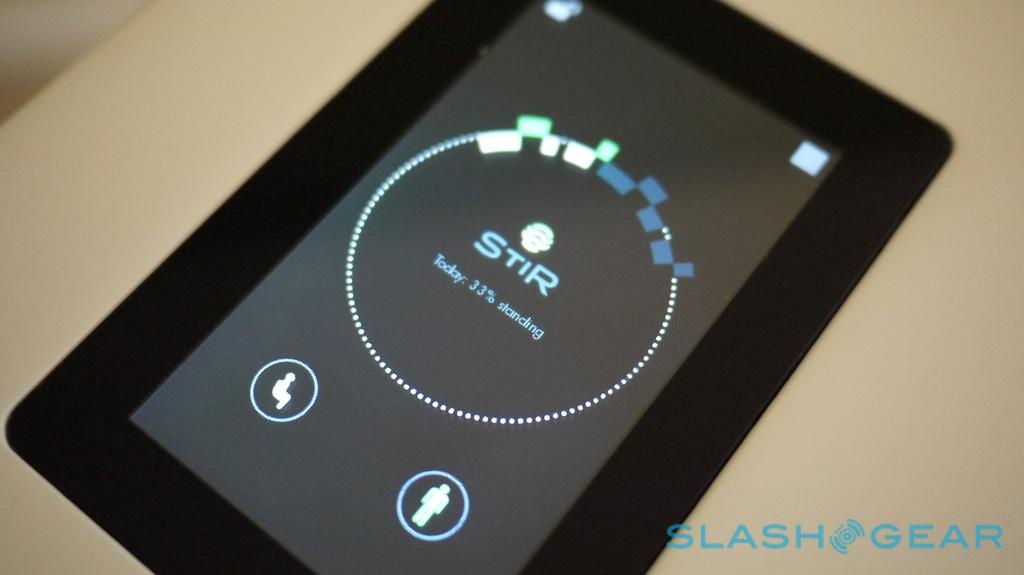Stir Kinetic Desk hands-on: The standing desk gets smart
The average work surface is covered in smart devices – laptop, smartphone, tablet, maybe a wearable or two like Fitbit or UP – but Stir's Kinetic Desk asks could the desk itself be smarter? That's the approach startup Stir is taking, founded by a former member of Apple's iPod team, and promising great things from its first product, the world's only smart, connected desk. As far away from the average height-adjustable desk as your iPhone is from a rotary phone, the Kinetic Desk not only knows when you're working, it figures out when you should be standing up or sitting down, and gently motions to suggest a change in posture, all controlled by an embedded touchscreen in the hand-finished tabletop itself. We caught up with founder and CEO JP Labrosse to find out more.
Standing desks aren't new, and neither is the research that suggests sitting down for extended periods is a bad thing for our health. The Harvard Business Review took a famously blunt approach when it argued "sitting is the smoking of our generation", but independent studies have indeed drawn connections between the length of time we spend sat down, and the average lifespan.
A desk that adjusts from a suitable height for working at a chair, and a height that caters for standing use, is the obvious answer. What Stir – which as well as ex-Apple Labrosse, counts alumni from Disney, NASA, and IDEO among other firms – found in its own research was that those existing desks often weren't being used properly.
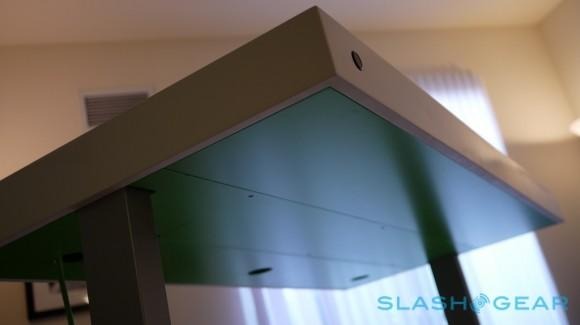
Workers would inadvertently tie the desks down, by stringing power cables and other cords across them, or simply be too distracted by everyday tasks to keep their finger pressed down on the height-adjust button. Moreover, there was a fundamental lack of understanding about how people should integrate standing into their daily routine.
Stir Kinetic Desk hands-on:
The Stir Kinetic Desk has been designed to address all that, Labrosse told us. Set to go on sale later this year, and ship in Q1 2014, the height-adjustable desk not only motors to your chosen position, but learns from how you prefer to work and adjusts its settings accordingly. Controlled via the 4.3-inch color capacitive touchscreen inset into the left front corner – which requires a somewhat firmer touch than the average smartphone, we found, though the UI is straightforward and easy to follow – a double-tap on the display automatically powers the worksurface between whatever sitting and standing presets you've established (a subsequent tap stops it mid-movement).
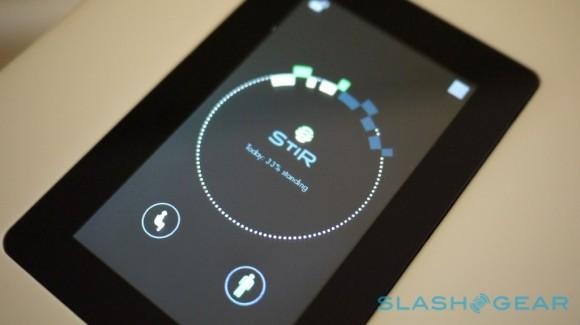
However, you can also instruct the desk to prompt you to switch position, depending on what proportion of the day you'd like to stand and for how long each standing session should last. Once that's done, the Kinect Desk switches into "Active mode". Using a thermal sensor embedded in the front – which is also used to track activity and figure out how many calories you're burning – the desk automatically knows when you're working. Periodically, what Stir has dubbed WhisperBreath kicks in: the desk gently rises an inch, then falls an inch, to prompt you to change. A double-tap on the touchscreen does that, or alternatively WhisperBreath can be ignored; you can also switch out of Active mode altogether using a button on the front edge.
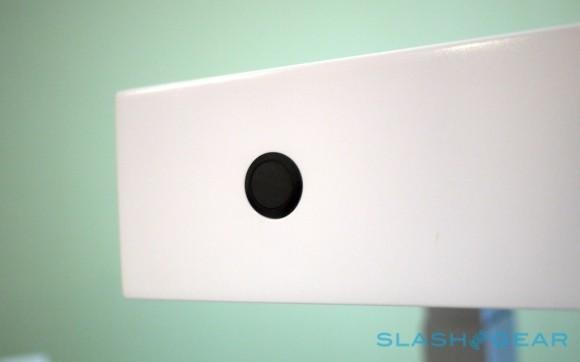
Although a table that moves beneath you sounds more like Harry Potter than anything else, WhisperBreath actually works surprisingly well. Stir has timed it to match the average breathing cycle, and the small amount of slow movement – as well as the relatively quiet motors in the legs – mean that it's easily ignored if you're in the middle of a particularly creative session. The system also learns from how you use it; so, if you were over-ambitious with your initial settings, estimating you'd be standing for longer than you actually end up doing, the Kinetic Desk will figure that out and automatically tailor its WhisperBreath suggestions to how you're actually using it.
Official Images:
The Kinetic Desk may be far bigger than a Fitbit, but Stir still thinks it has a place in the new age of the "quantified self." So, the desk not only suggests movements, but logs them too. Swipe across to the left on the touchscreen, and there are daily, monthly, and yearly reports into what movement you've made, and how many calories you've burned. Tap the charts, and you get more detailed breakdowns of the figures. Even the homescreen itself – which also has preset buttons for sitting and standing positions – shows a somewhat abstract graphical representation of your sitting and standing patterns over the past 24 hours. Just like the array of LEDs on wearable fitness trackers, it's a great at-a-glance way to see how you've been behaving over course of the day.
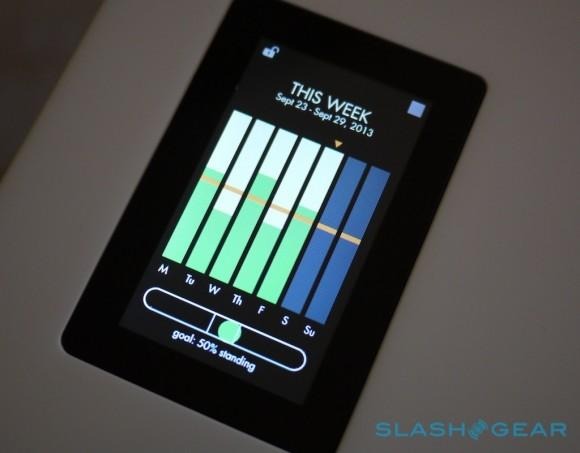
There's WiFi and Bluetooth 4.0 (with LE low-power support) embedded, which Stir will initially use for software updates to its homegrown, Linux-based OS, but which the startup eventually envisages hooking up to other wearables and sharing quantified self data. So, if you go running two days a week before work, your Fitbit – check out our review of the Fitbit Flex for more details – might communicate that to your desk, and that might not be so quick to suggest you stand up on those mornings. Conversely, Stir expects to open up its own desk data to other platforms, so that they can in turn better understand what you're doing. Multiple user profiles, storing different presets along with all of the individual health data, are supported from the outset.
Will the M7 Motion Coprocessor in the iPhone 5s revolutionize the fitness tracking industry? Check out our iPhone 5s review!
Most existing standing desks can't exactly be described as elegant, but Stir wants to change that with the Kinetic Desk. So, the top – available in either white or espresso – is hand-finished by a family company based in East Brooklyn, New York, with more than sixty year's experience crafting high-end furniture for hotels. The surfaces are then shipped off for assembly, in Nasthville, TN, with a choice of kelly green, crimson, ultramarine, or charcoal colored undersides. The result is, Labrosse says, "old-world craftsmanship infused with internet-of-things magic."
Kinetic Desk:
It's partly Stir's attention to detail that makes the Kinetic Desk feel special. So, the inside of the two cable management sections is color-matched to the underside of the desk, as is the power cable. Stir did some serious research into how power supplies fit into plugboards, coming up with a custom layout of different orientations and spacings of AC socket in each nook that promises the best likelihood of accommodating your various devices without inadvertently blocking another plug.
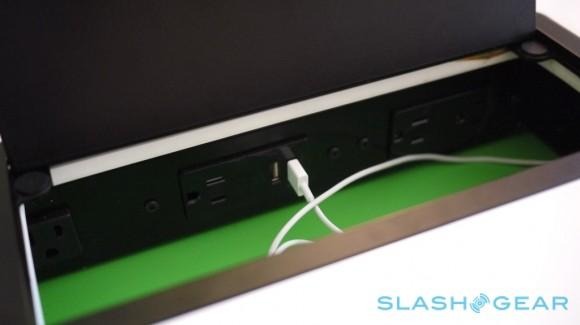
Eight power sockets and four powered USB ports might be included by default, but there's also room to threat other cables through the tidy system, depending on which each user needs. That could include ethernet, audio, or something more task specific, like MIDI or Thunderbolt. A cable channel also runs between the two management sections, and there's plenty of space to tuck in oversized power bricks. Even the hinged lids themselves are metal, not plastic as you might commonly find on even high-end office furniture. Supported load during movement is rated at a minimum of 75lbs, enough for the heftiest of computers with multiple displays, and the top measures 58.5 x 29.5 inches, and can move between 25- and 51 inches in height.
Kinetic Desk Touchscreen:
There's no doubting the Kinetic Desk's construction quality, nor how enthusiastic Labrosse and the team are about the project. So far, it's been done on a shoestring budget – despite getting to the stage of having preproduction units ready – though the company tells us that external finance is the next part of the plan. Also a possibility, though not initially, are different sized desks; we'd not argue with a somewhat smaller version more suited to home offices.
The question, of course, is whether people will pay an estimated $3,890 for the Kinetic Desk. Labrosse is confident that there are enough would-be buyers with an interest in health, willingness to invest in it, and a respect for hand-crafted, USA-made furniture to make the desk a success, though he wouldn't be drawn on exactly how many sold desks Stir would consider successful. Although we love the concept, and could easily see ourselves happily instructed by WhisperBreath (because, let's face it, actually stepping away from our computers is unlikely to happen), the price tag is a little rich for most right now. Still, clinch some sales at deep-pocketed, staff-centric firms like Apple, Google, or Facebook, and Stir could well have an ergonomic hit on its hands.
Kinetic Desk:


